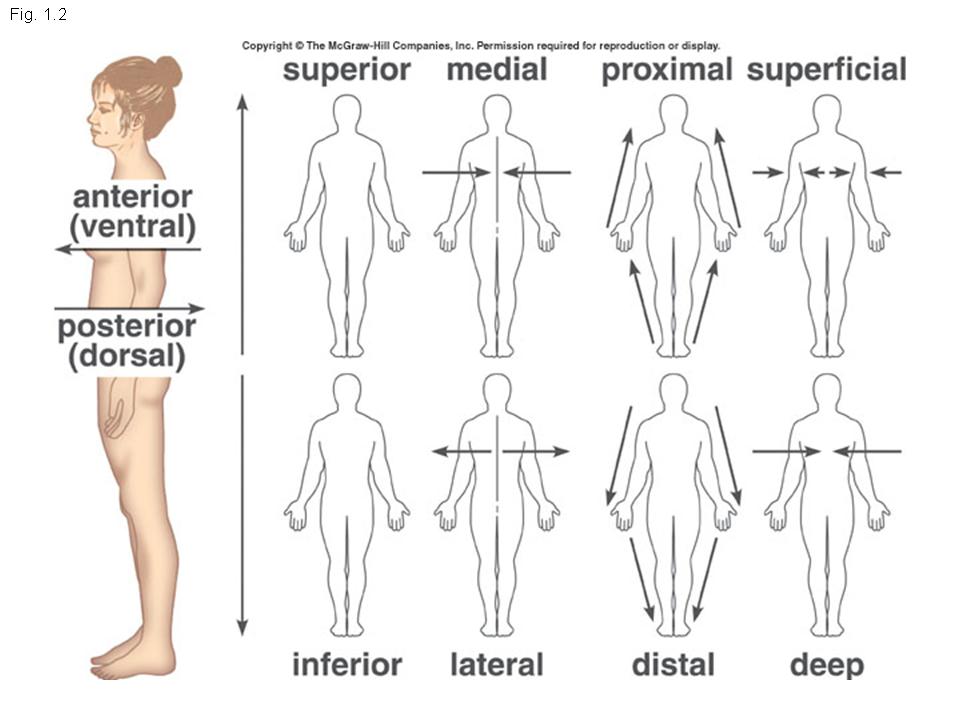Cross-Sectional Anatomy
Cross-sections are two-dimensional, axial views of anatomical structures seen in transverse planes. They are obtained by taking imaginary slices perpendicular to the main axis of organs, vessels, nerves, bones, soft tissue, or even the entire human body.
Each body part can be split into 3 planes: axial, sagittal, and coronal.
Planes of the Body
1. Frontal (coronal)

2. Sagittal (lateral)

3. Transverse (axial)

Cross-sections provide the perception of ‘depth’, creating three-dimensional relationships between anatomical structures in your mind’s eye. They build the entire picture, improve your understanding, consolidate the information and facilitate recall.

Listed above are images to the body points list below. When scanning a patient, it is important to know these terms. Many doctors orders specify certain places that they want their images focused on. For example: they could order an MRI of the elbow, but specify that there is pain radiating superior to the elbow. Therefore, you'd probably want to get a few images above the elbow.
Body Reference Points
• Anterior (ventral)
• Deep
• Distal
• Frontal (coronal) plane
• Inferior
• Lateral
• Medial
• Posterior (dorsal)
• Prone
• Proximal
• Sagittal (lateral) plane
• Superficial
• Superior (cephalic)
• Supine
• Transverse (axial) plane
Citations:
Module 1- Cross Sectional Anatomy
(Hons), A. R. Bs. (2023, August 27). Cross Sectional Anatomy. Kenhub. https://www.kenhub.com/en/library/anatomy/cross-sectional-anatomy
Comments
Post a Comment